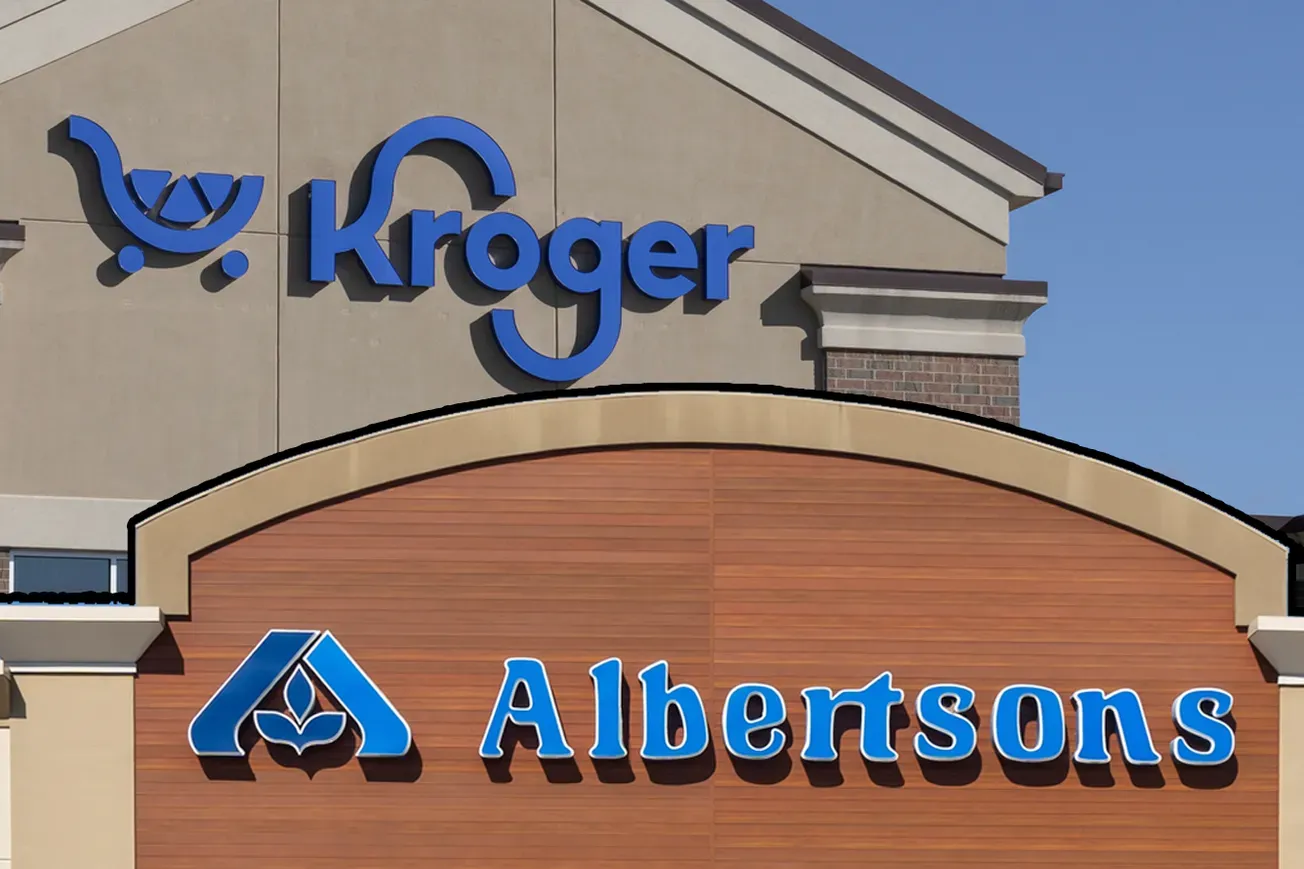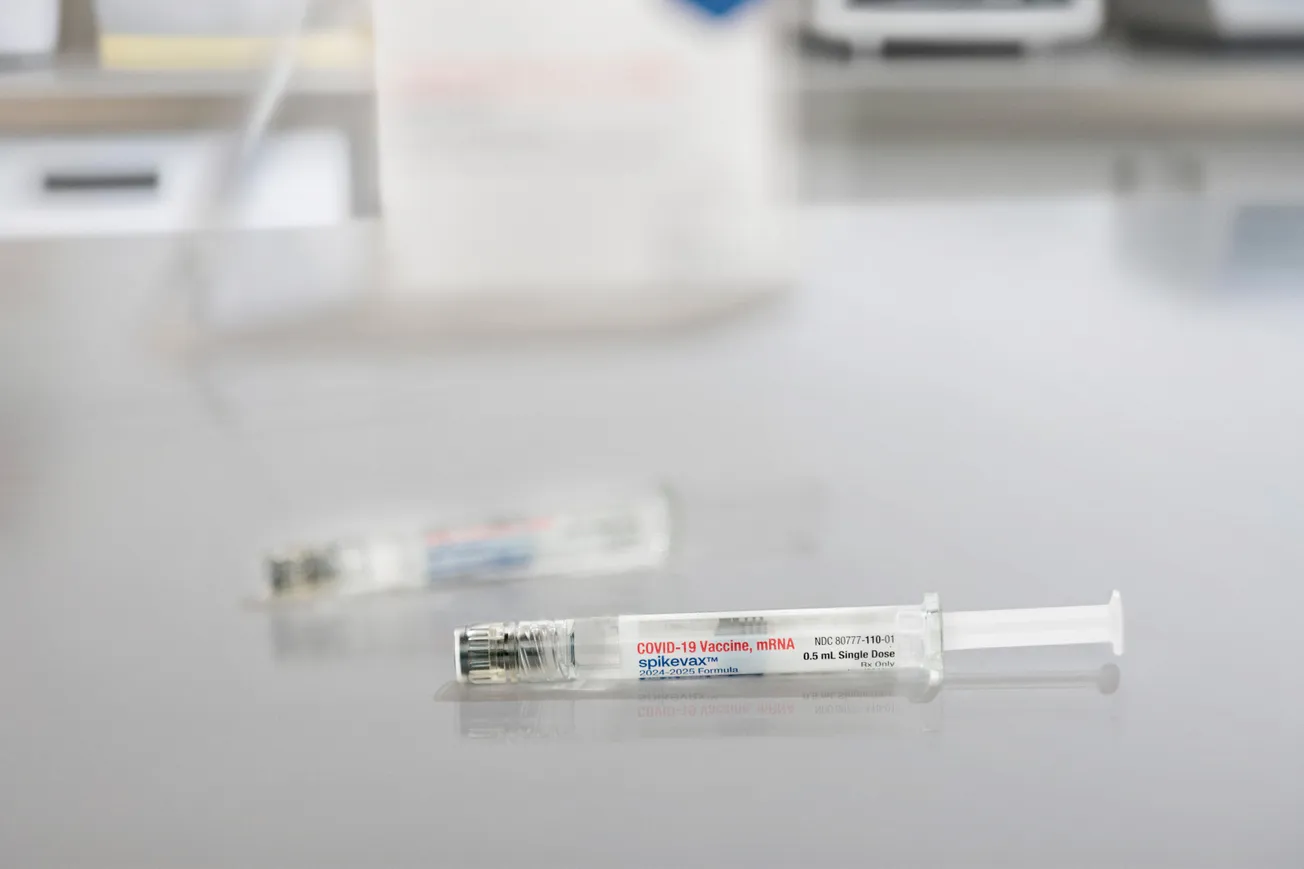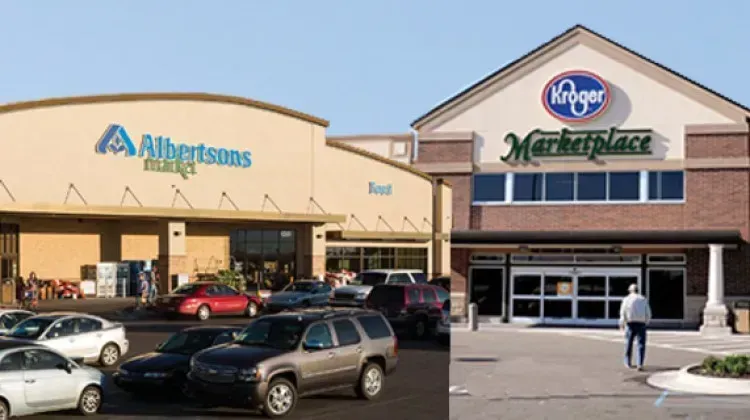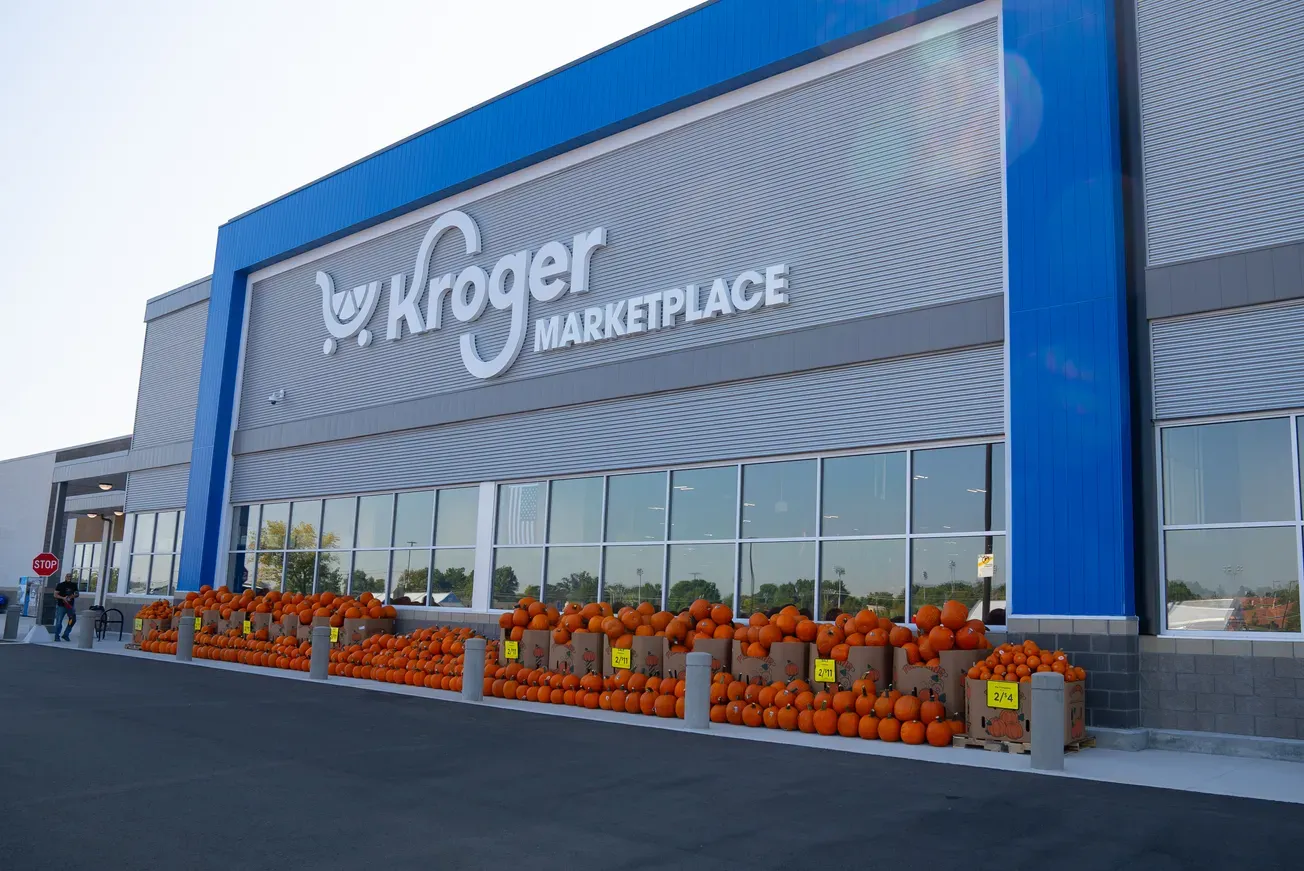FORT LAUDERDALE, Fla. — Stakeholders in chain pharmacy understandably direct a lot of attention to the giants of the industry, such companies as CVS Health, Walgreens Boots Alliance, McKesson and Kroger. Yet they shouldn’t lose sight of the regional players that, in the aggregate, still account for a substantial part of the business and remain an important source of fresh thinking and innovation.
The dynamism of that sector, comprised of retailers that operate between four and 250 stores, was readily apparent at the National Association of Chain Drug Stores Regional Chain Conference last week at the Fort Lauderdale Marriott Harbor Beach Resort and Spa.
The NACDS Regional Chain Conference was notable in several respects. It attracted a record number of retailers, 44 companies that together run some 2,300 stores and generate more than $11 billion a year in sales, and 75 suppliers, including such heavy hitters as Bayer Consumer Health, Mondelez International and Teva Pharmaceuticals.
More important, the meeting provided regional pharmacy chains with a forum to examine their place in the market and exchange ideas about the best ways to meet the evolving needs of customers and, in the process, maintain their viability.
That is no easy task. Relentless consolidation within the industry over the past 25 years, coupled with a growing number of forays into other parts of health care, has left the biggest pharmacy operators with annual sales in excess of $100 billion apiece. In a business where economies of scale and buying power are viewed as a good way to counter downward pressure on profit margins, regional chains find themselves at a disadvantage. The disparity in scale can also make it more difficult for regionals to secure inclusion in third-party payers’ pharmacy networks and fully leverage traditional marketing tools to build brand recognition.
Despite the very real challenges, the leaders of the nation’s regional pharmacy chains exuded a sense of purpose and confidence at the conference. Eric Graf, chief executive officer of Ritzman Pharmacies and chairman of the event, set the tone.
“This conference makes a difference,” he said at the opening session. “This conference is about sharing, collaboration and discussion on the issues and opportunities, now and in the future. The value realized by the conference is directly proportional to the amount of effort we put into each of our interactions this week.”
The willingness of attendees to get involved was exemplified by Graf himself. In addition to serving as conference chairman, he gave a 45-minute presentation, “Redefining the Community Pharmacy Experience,” during which he detailed Ritzman’s ambitious effort to transform its stores into “practices” where the expertise of the company’s pharmacists and an enhanced customer experience are front and center, and led a subsequent breakout session that expanded on those themes.
While in some respects unique, the ongoing work at Ritzman reflects broader trends among regional drug chains, most of whose leaders recognize that business as usual isn’t an option.
The talk among executives involved discussion of the importance of capitalizing on assets — their intimate knowledge of the communities they serve and nimbleness in reacting to emerging opportunities, among them — that national competitors are hard-pressed to replicate, and the value of partnerships with other health care providers and, in some instances, retailers in other trade channels.









